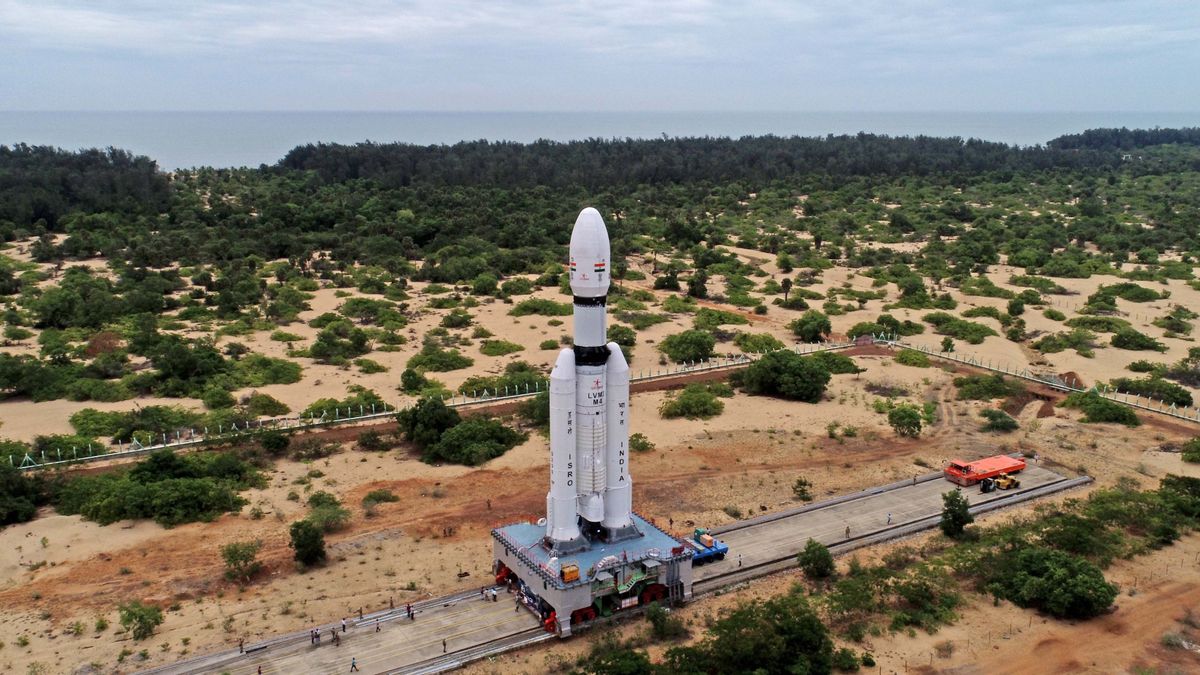India's last attempt to land a plane on the Moon ended in a failed four years ago, when ground control lost contact moments before landing. But the country did not give up.
The Chandrayaan-3 mission may follow in the footsteps of other global space powers, but the spacecraft took much longer to reach the Moon than NASA's Apollo missions in the 1960s and 70s.
Apollo 11 crews Neil Armstrong, Buzz Aldrin, and Michael Collins, traveled to the lunar surface in just four days in 1969, but Chandrayaan-3 will take a month before landing.
This is due to India's rockets that are much weaker than Saturn V America and vice versa, this probe orbits Earth five or six times elliptically to gain speed before being sent to lunar trajectories.
The Indian Space Research Organization (ISRO) has confirmed that Chandrayaan-3, which means 'Moon Plane' in Sanskrit, was'successfully incorporated into lunar orbit' last weekend.
The mission was funded with a budget of US$74.6 million (Rp1.1 trillion) - much smaller than other countries, and is evidence of India's saving space engineering.
Experts say that India can maintain low costs by emulating and adapting existing space technology, as well as thanks to the large number of talented engineers who earn wages only a small part of their peers abroad.
If this mission succeeds, the country's rover will release its platform and explore the nearest lunar area, collecting images that will be sent back to Earth for analysis. This rover has a one-day mission or 14-day Earth.
اقرأ أيضا:
ISRO chief, S. Somanath, said the engineer was carefully studying data from failed missions before and trying his best to fix these problems.
Chandrayaan-2 - which, like its successor, consists of orbiters, landers, and rovers - was launched in July 2019. However, the mission was only partially successful.
The orbiter is still orbiting the moon to this day - conducting scientific studies and sending results back to Earth. However, the mission'slander and rover were destroyed after hitting the lunar surface while trying to land gently.
India's space program has grown rapidly since it first delivered a probe to orbit the moon in 2008.
In 2014, India became the first Asian country to put satellites in orbit around Mars, and three years later, ISRO launched 104 satellites on a single mission.
The GagaNYaan ("Skycraft") ISRO program is planned to launch a manned mission for three days into Earth orbit next year.
The English, Chinese, Japanese, Arabic, and French versions are automatically generated by the AI. So there may still be inaccuracies in translating, please always see Indonesian as our main language. (system supported by DigitalSiber.id)


















